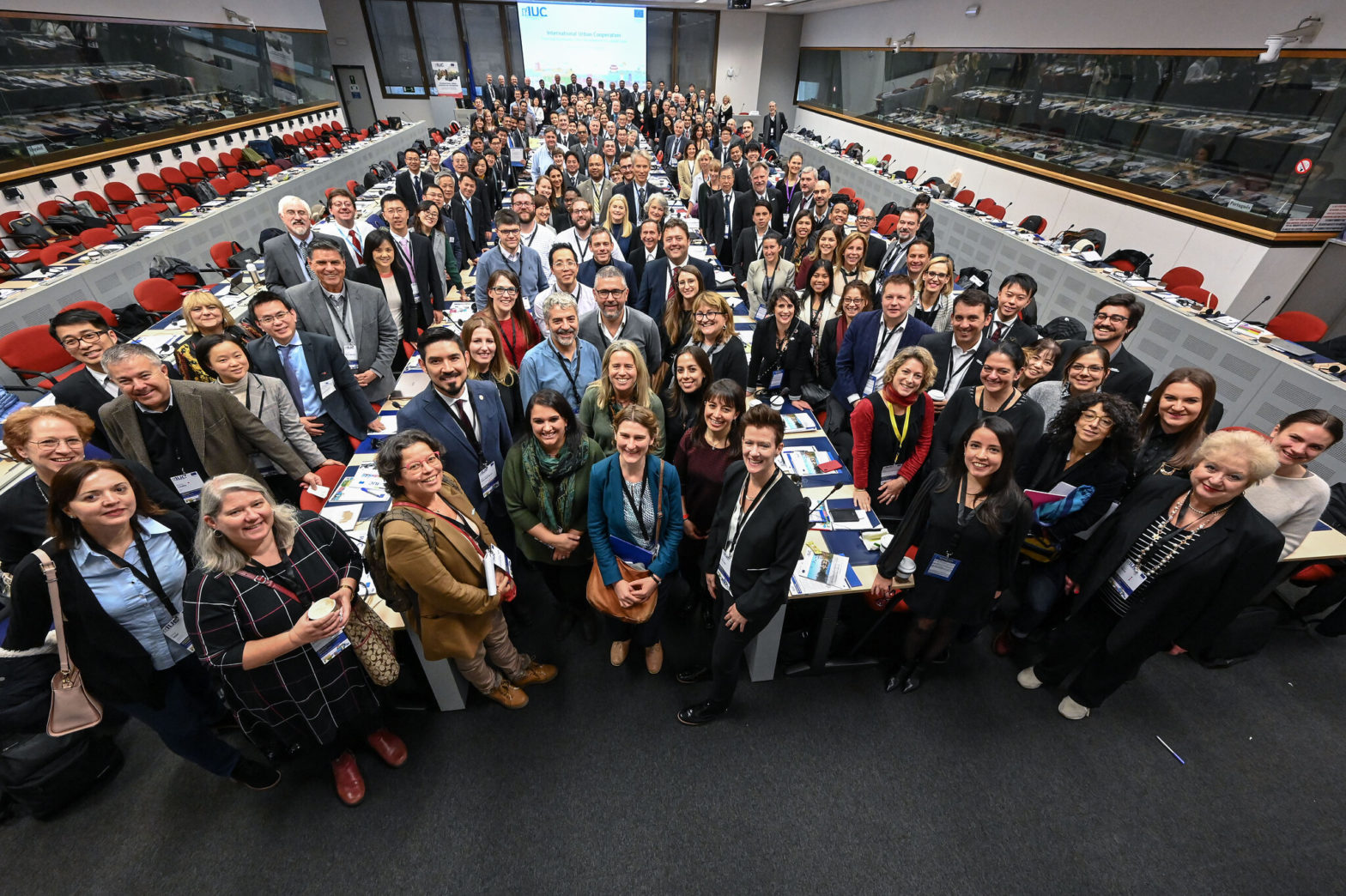Interview with Sandra Marín (Team Leader & KE IURC Central Coordination Service)
What is IURC? What is the vision for what it will achieve?
I personally like to define this programme as a “Facilitator” to open opportunities for cities and regions to go a step further in their sustainable urban development or regional innovation strategies. What kind of opportunities? Those that international cooperation can offer but not everyone can perceive: Access to decision-makers at all governance levels that can open doors to new markets and external relations for local and regional stakeholders; opportunities to showcase your good practices at an international level, especially interesting if you know how to use that for benchmarking and positioning; and for inspiration to find innovative ways to face urban and regional challenges. Sometimes the insights come from the way others face common challenges under different realities and culture.

What are the key ways in which it is different from IUC?
In every second phase, we have the possibility to apply lessons learned. The main difference arises from the increased networking opportunities. Under IURC cities and regions may decide to work on a one-to-one basis (pairing) or in clusters in the same Geographical Area considering that some countries will directly assume a multi-pairing format. There will also be more opportunities concrete the focus of cooperation while extending the connections thanks to the Thematic Networks and Cross-Cutting Challenges that will allow interactions at Programme level. IURC will also foster the multi-level governance approach under Thematic Networks.
We also incorporate new territories into the new phase. For city-to-city cooperation in addition to the existing IUC areas, we open cooperation possibilities with the Republic of Korea, Indonesia, Malaysia, Thailand, Vietnam, and the Pacific (Australia & New Zealand). In the case of region-to-region, China is added to the existing cooperation with Latin America.
What important parts of IUC legacy will IURC carry on?
The quadruple helix format where local and regional governments support the incorporation of their main stakeholders depending on the topic of cooperation, private sector, academia, or civil society. The elaboration of Urban or Regional Cooperation Plans is understood as road maps of cooperation to be developed by the pairings or clusters. Annual programme and networking events and spaces to showcase the successful case studies, and capacity building.
Can you tell me a positive story from your involvement with IUC, and what kind of hopes that event gave you for what IURC could achieve?
I would definitely highlight how international cooperation has proven to be an added value during the Covid-19 pandemic. Participants had the opportunity to exchange experiences that occurred at different times of the crisis in each country. China to Europe, Europe to Latin America… The way they all had to re-think urban areas like public space, mobility or sensitive economic sectors like tourism when facing the new normal after the lockdown was a priority exchange that participants had access to.
Also pairings that had started the cooperation and could not implement the study visits were, in some cases, able to create a virtual cooperation delivering concrete outputs showing a high level of commitment and motivation.
